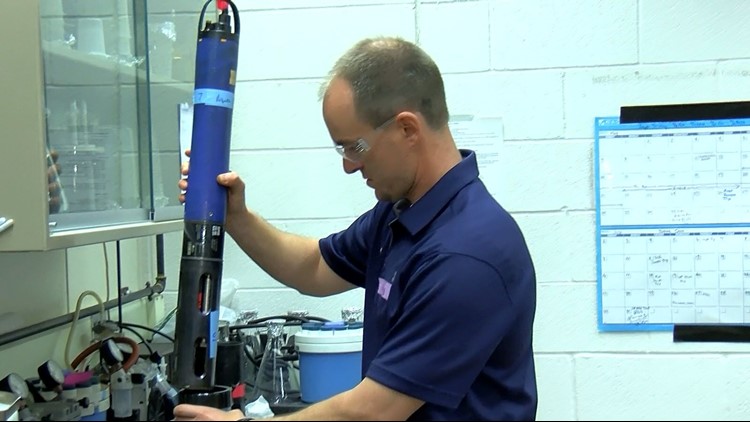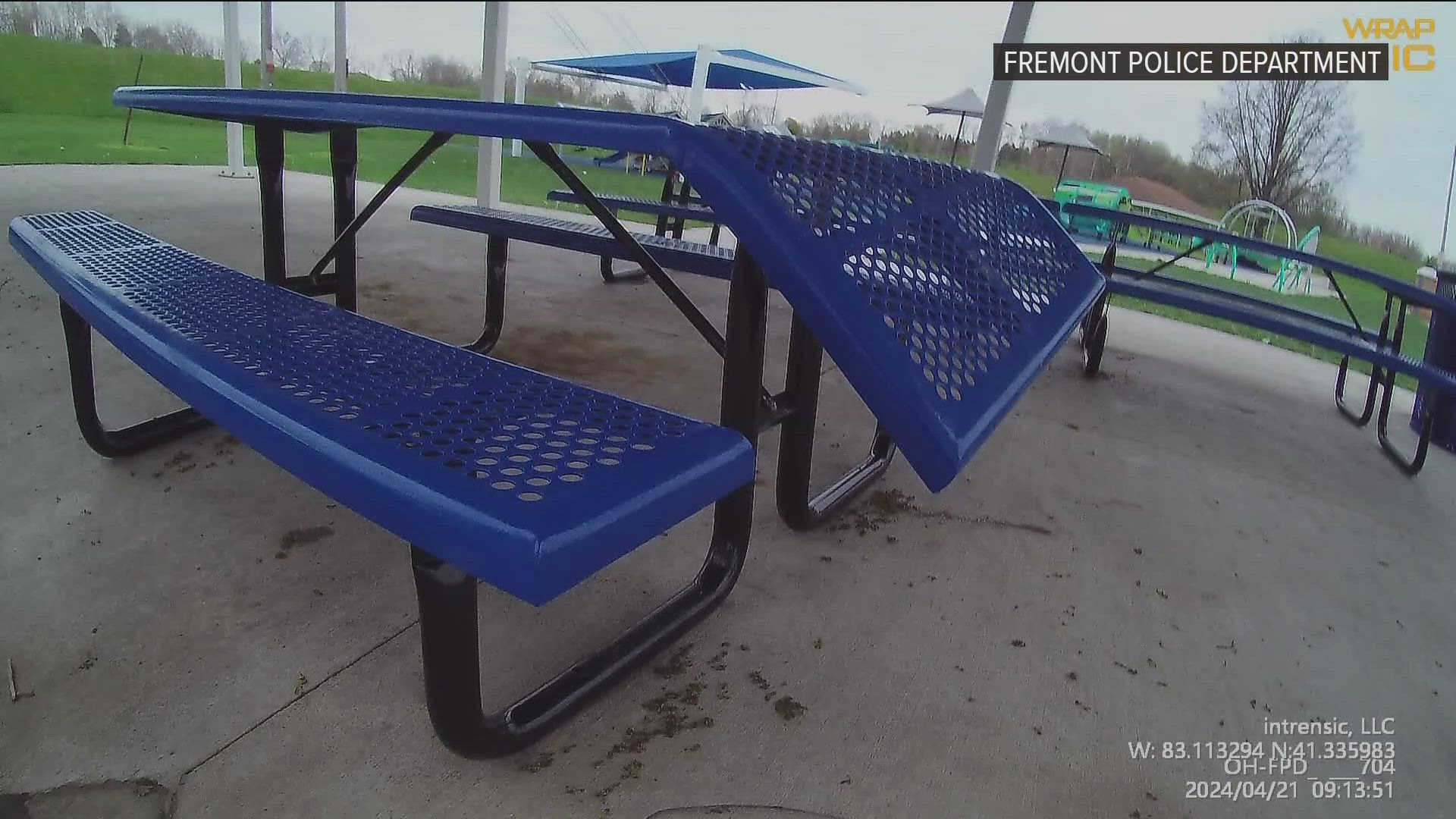TOLEDO, OH (WTOL) - The Harmful Algae Bloom Season is still several months off, but work is ongoing to keep our drinking water safe.
Over a dozen people from local communities and universities cleaned and calibrated the water quality sensors that help monitor Toledo's drinking water Wednesday. The University of Toledo Lake Erie Center hosted the event.
The sensors on buoys in the lake measure turbidity, temperature, pH levels and algae levels in Lake Erie. Currently, 25 of the sensors are in use.
"Really tracking what the lake is doing at an hourly basis," said Ed Verhamme, project scientist with Limnotech, the company behind the sensor project. "I think for water treatment in particular, knowing what the lake is doing really helps them track trends and treat the water better."
These sensors reach from Toledo all the way to Ashtabula. The plan is to add more sensors every year to gain a broader knowledge of Lake Erie's health.
"Sort of the first step in sort of 'wiring' the lake," said George Bullerjahn, professor of Biology at Bowling Green State University. "We're talking about making a smart lake in where sensors are deployed everywhere on both sides of the lake, on the U.S. and Canada side."
The program recently received funding through a $2.5 million gr ant to not only purchase more sensors, but to train local workers at water treatment and expand courses and studies at local universities as well.
"And it's helping us to really establish this as a permanent monitoring system for Lake Erie and to help support drinking water treatment," said Verhamme.
Many of those sensors used at local water treatment plants will go right back in the water this month. And next year even more sensors will be installed in Lake Erie near Sandusky Bay by BGSU and Ohio State's Stone Lab.



